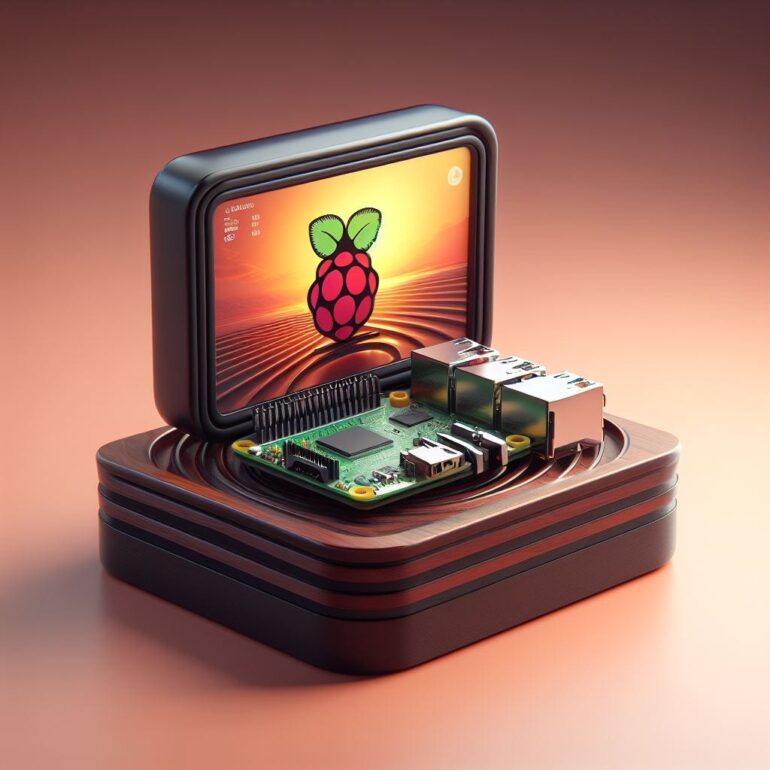TL;DR:
- Researchers employ a Raspberry Pi device with a deep learning algorithm to detect Facial Palsy (FP) with 98% accuracy.
- The system also provides information on the patient’s gender and age, enhancing its diagnostic capabilities.
- This innovative solution streamlines the diagnostic process, benefiting both medical professionals and patients.
- It offers the convenience of at-home diagnostics, reducing time, effort, and costs.
- The technology holds promise as an auxiliary tool in the medical field, with potential for broader applications.
Main AI News:
A recent breakthrough in medical technology highlights the potential of Raspberry Pi-based systems in the field of healthcare. Published in Digital Medicine, a study conducted by Ali Saber Amsalam and his team from Middle Technical University in Baghdad, Iraq, introduces a cutting-edge application of this innovative technology. Leveraging a Raspberry Pi device equipped with a digital camera and a powerful deep learning algorithm, the researchers have achieved remarkable success in the accurate detection of Facial Palsy (FP) in real-time.
Facial Palsy is a condition that often requires precise diagnosis and monitoring. Deep learning has emerged as the most effective solution to address this challenge, offering a high level of accuracy. The team’s system goes beyond merely detecting FP; it also provides additional valuable information by determining the patient’s gender and age, making it a comprehensive diagnostic tool.
One of the key advantages of this solution is its potential to streamline the diagnostic process, benefiting both medical professionals and patients. By incorporating this technology into medical assessments, doctors and nursing staff can enhance their diagnostic capabilities, leading to quicker and more accurate diagnoses. Simultaneously, patients can use the system in the comfort of their homes, reducing the need for frequent clinic visits. This not only saves time and effort but also minimizes the associated costs.
The research team’s groundbreaking system achieved an impressive accuracy rate of 98 percent. This outstanding performance was demonstrated using a substantial dataset of 20,600 images, consisting of 19,000 normal images and 1,600 FP images. With such promising results, the proposed system holds great promise as an auxiliary tool in the medical field.
Conclusion:
This breakthrough Raspberry Pi-based system represents a significant advancement in the healthcare market. It not only improves the accuracy of FP detection but also streamlines the diagnostic process, making it a valuable tool for both medical professionals and patients. As technology continues to evolve, the potential for broader applications in the medical field becomes increasingly evident, promising a more efficient and patient-centric healthcare experience.

